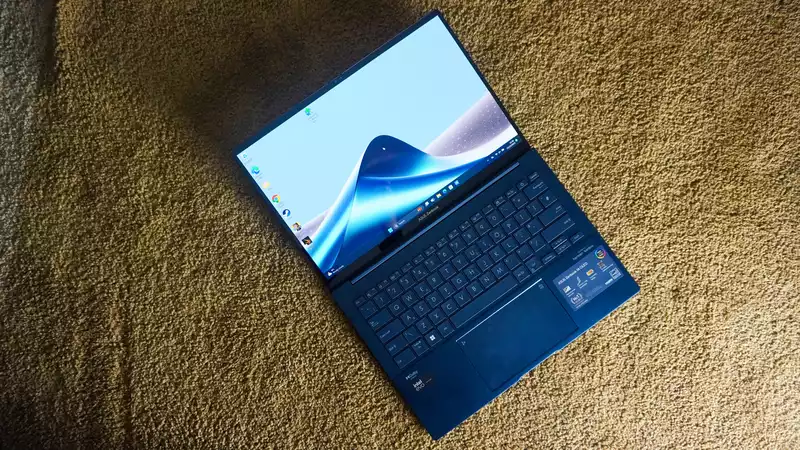Meteor Lake is here After two weeks of use with the new Asus Zenbook 14 OLED, one simple question remains
I mean, it's nice, and this is by no means a knock on the laptop hardware itself; like the Zenbook 14X OLED, the display is gorgeous, the keyboard and touchpad are a pleasure to use, and the overall design is beautiful with a premium feel It is
But after all the hype and singing and dancing about how Intel has finally perfected the laptop chipset formula, you won't notice much difference from the previous generation chipsets unless your workflow involves a lot of AI-based work There is no significant counterattack to the strength of Apple Silicon, performance is not up to par, and battery life is average
In fact, Intel's own older chips win in some situations This is not a good thing when introducing "next generation" computing
Before we get into everyday use, let's get into the technical specifications of the Asus Zenbook 14 OLED that I am using as my Meteor Lake test drive Inside is Intel, and more specifically, a Core 7 Ultra 155H CPU built on the company's new Intel 4 manufacturing process
This is a brand term to indicate that this Meteor Lake chip is manufactured on Intel's 7nm process, which Intel intends to compete with 4nm chips, despite the fact that Intel 4 chips use a larger process technology and therefore is branded differently
In other words, you can't necessarily pack as much power (raw transistor count) into a single chip as Apple can achieve with the smaller 3nm process used to manufacture the M3 chip, but what really matters is real-world performance In that regard, the Meteor Lake chip in this Zenbook has reason to be excited The Intel Core 7 Ultra 155H is clocked at 38 GHz and features six performance cores, 10 efficiency cores, and new integrated graphics based on an architecture similar to the Arc GPU
So what makes these "next generation"? On paper, they all sound very commonplace It's the way the chips are assembled and quite prospective This is Intel's first attempt to make computer chips in a tiled format, where different components are joined together like building blocks [Qualcomm has introduced the same technique in its Snapdragon X Elite, and Intel is (in my opinion) on the right track
All sounds good, right On paper, yes But once I started properly using the new Zenbook 14 OLED with this new chipset as a daily driver, I couldn't tell what had actually changed Nothing feels overtly faster, and battery life is still pretty middling at about 6 hours and 30 minutes on a single charge
And the numbers back it up:
Of course, it puts the previous generation P series to shame, but its older H models even pull away in single-core performance On top of that, the 7 is cooked so hard that Gordon Ramsay cursed it for its scorched-earth nature, considering Apple's natural enemy, the M3 Pro
In real-world use (Photoshop work, heavy use of Chrome, casual gaming at night), I didn't notice any difference from the previous comparable 13th generation Intel processors Rather than attacking, this new generation seems to be moving pieces on a chessboard, preparing to attack
In fact, the only progress I saw was in graphics capabilities, which will only get better as more games start supporting Intel's XeSS (a competitor to their DLSS, which helps increase the frame rate of their integrated graphics)
I may be being a little too harsh here For the laptop user experience, this is still good enough, and this is the first major repositioning of Intel's portable chipset offering This fact says one thing for me
I applaud Intel for taking a logical turn in its notebook chipset architecture by letting go of the roses; moving each component of the CPU to a separate chiplet and adding a dedicated AI co-processor is doubly commendable
If you look at some of our hands-on coverage, you can see the power efficiency benefits of letting the NPU handle AI tasks However, looking at other parts of the system, these performance and battery life gains are rarely seen in real-world use
It will probably take a generation or two for the Intel Core Ultra vision to start coming into its own But will Intel be able to keep up with the competition as the silicon battlefield continues to grow, including Qualcomm? That will become clear in the next 12 months










Comments